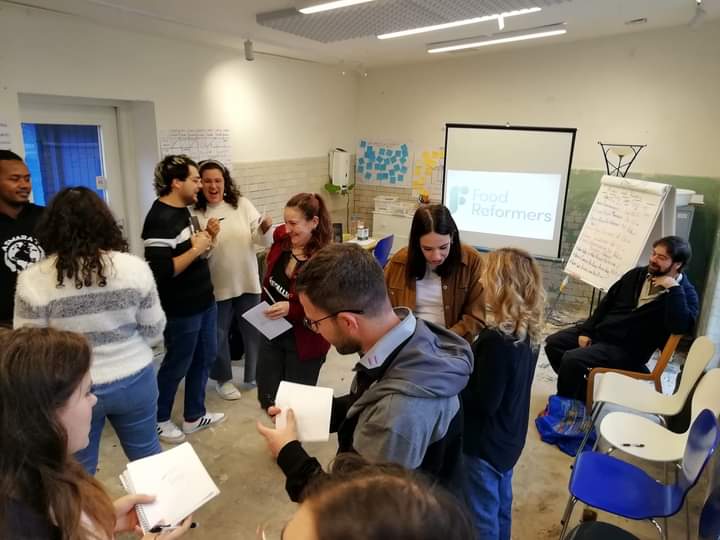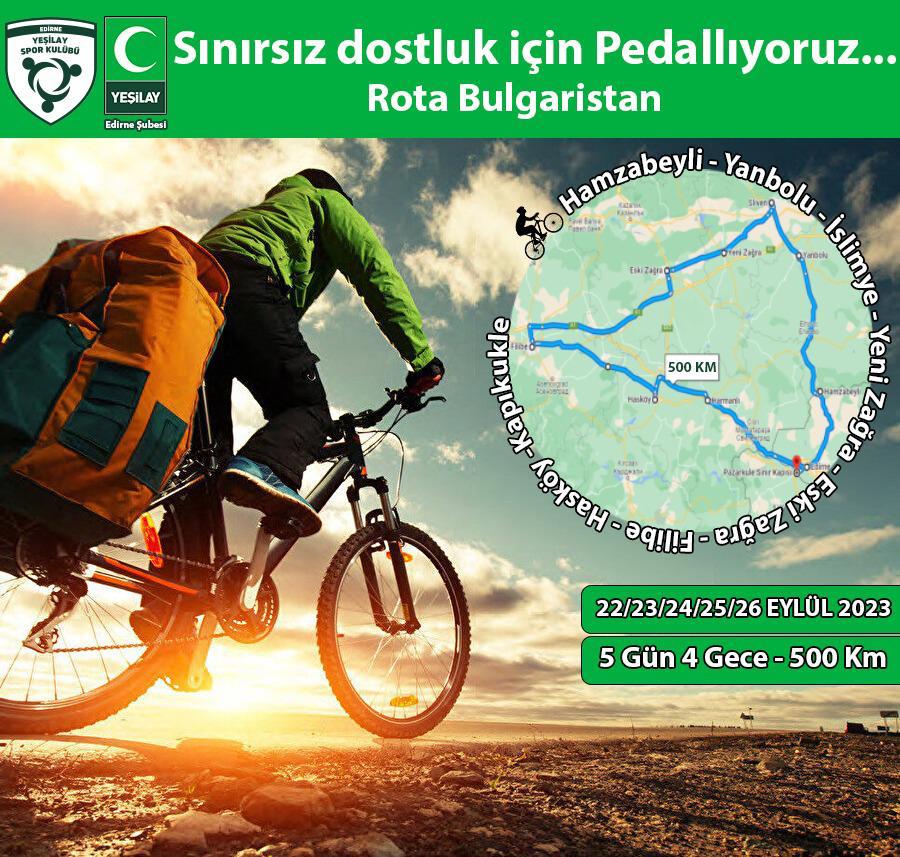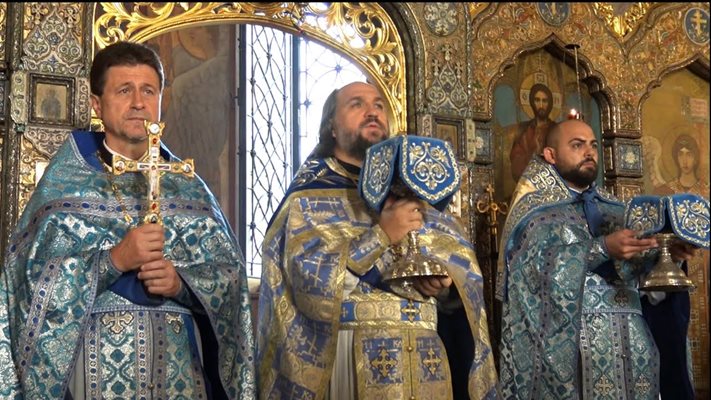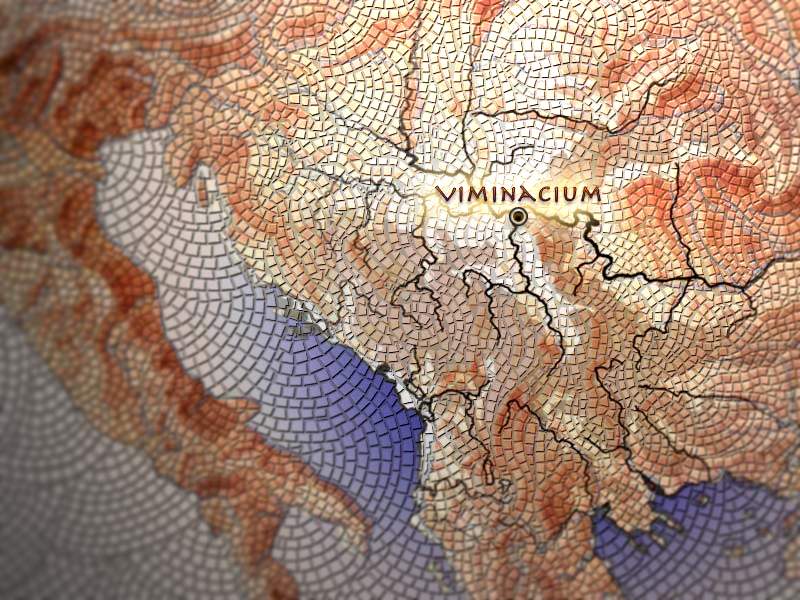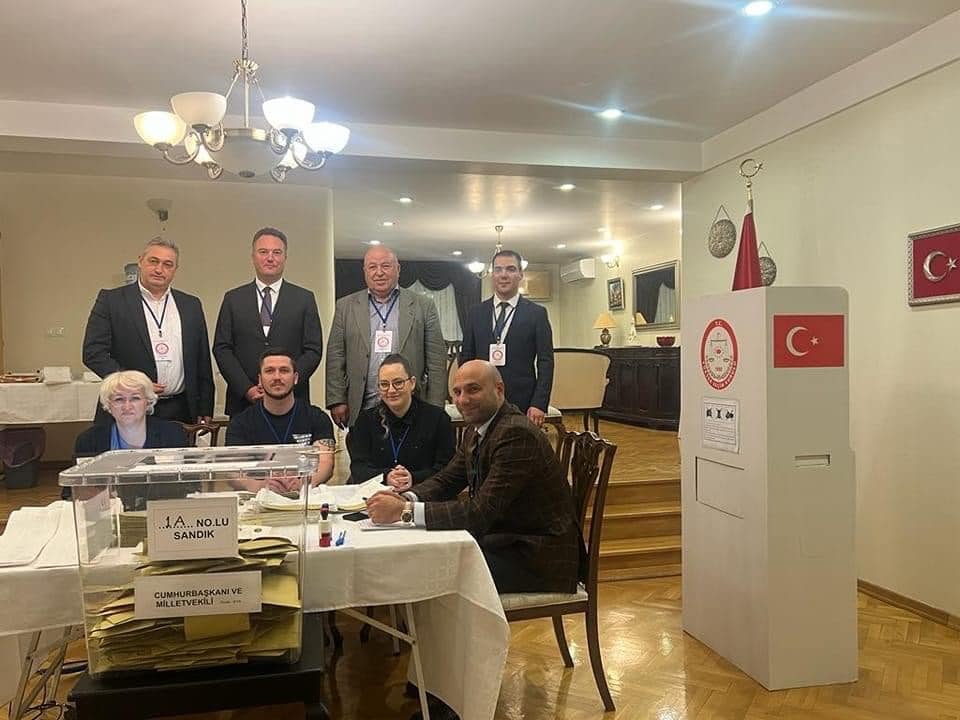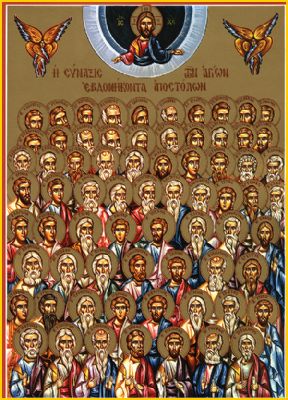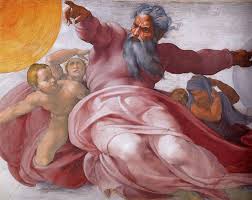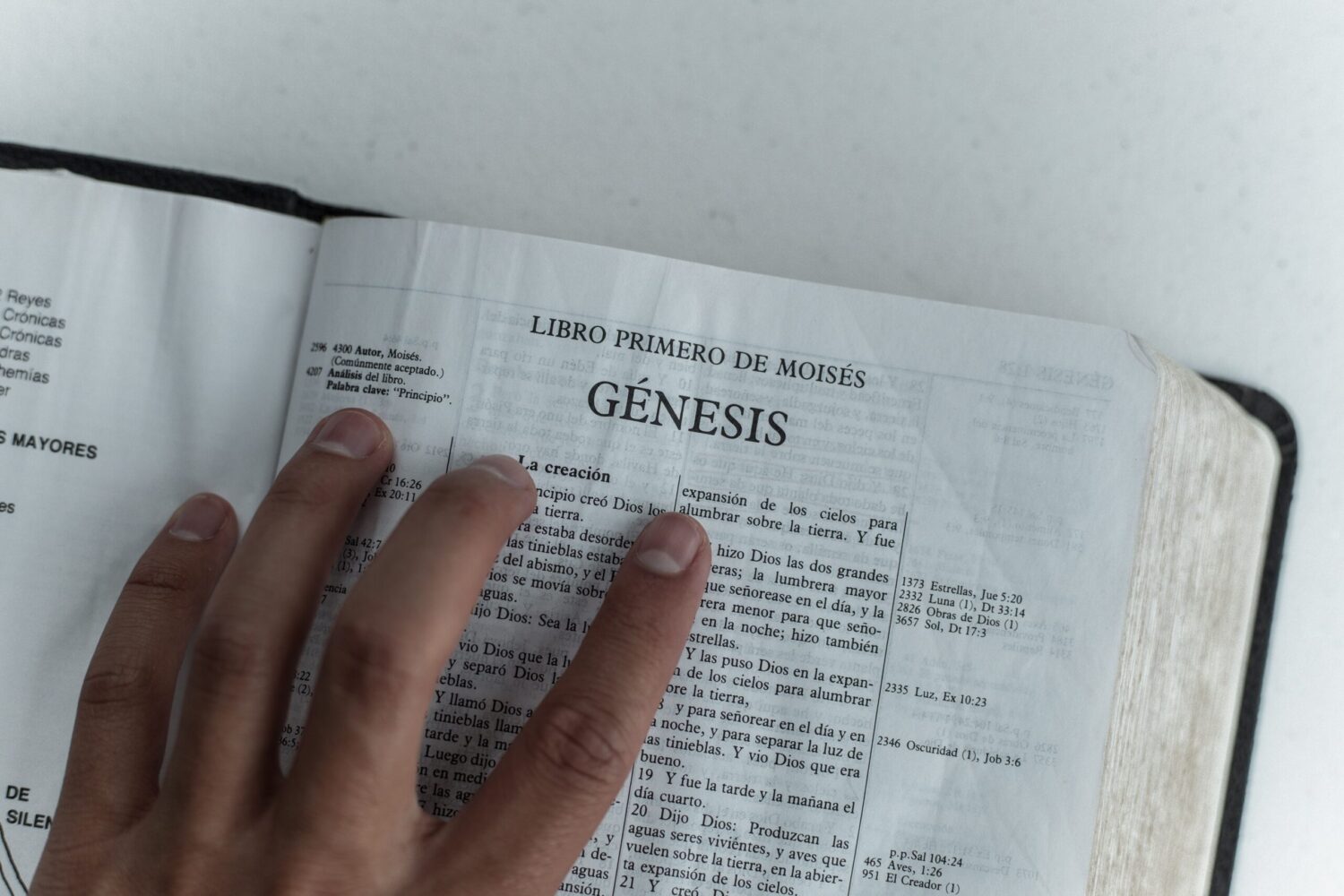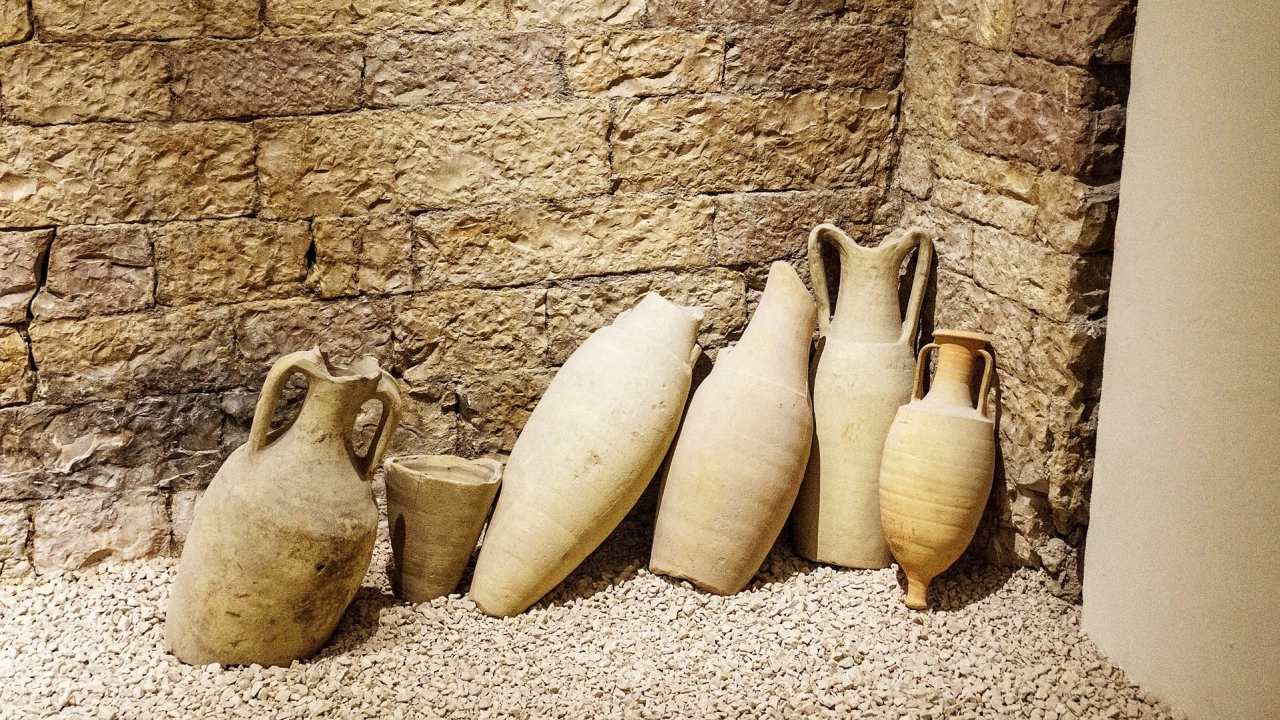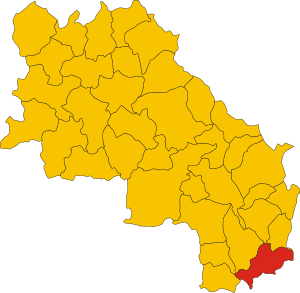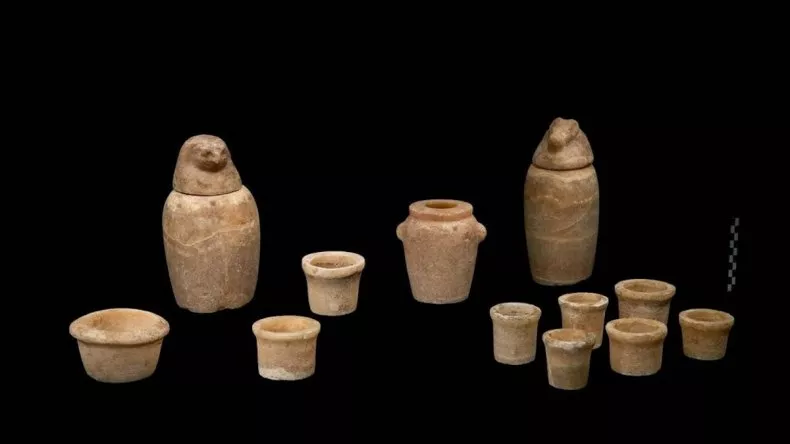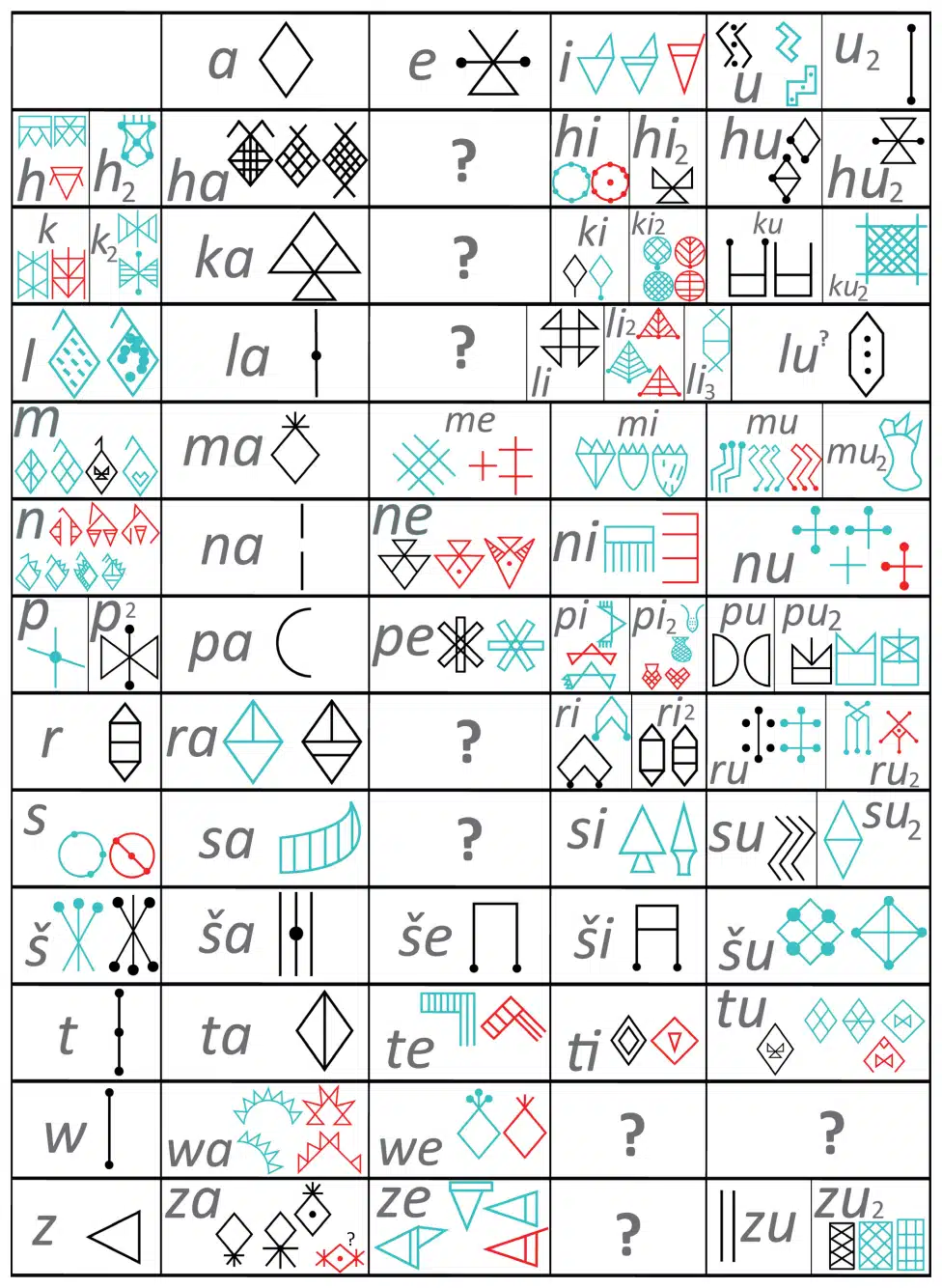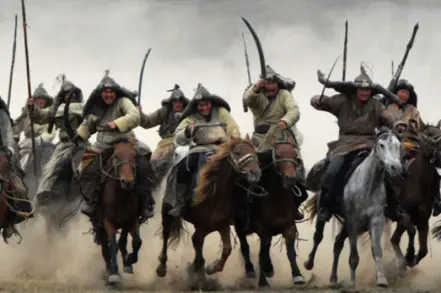AUTHOR
- Advertisement -
Green Transition Forum 4.0: New global perspectives for the CEE region is taking place on 26-28 June 2024, Bulgaria (Sofia Event Center, Mall Paradise).
The...
The claim of "NEXO" against Bulgaria, the Ministry of Finance and the Prosecutor's Office turned out to be over 3 billion dollars. This is...
Scientists from Italy and France examined the wall coverings of three amphorae in July and found that ancient Roman winemakers used local grapes and...
Archaeologists have excavated an ancient sanctuary located near geothermal springs in the Italian municipality of San Casciano dei Bani. Researchers managed to find more...
During archaeological excavations, scientists unearthed the secret tomb of an ancient Egyptian general who led an army of foreign mercenaries.
Archaeologists were disappointed to find...
A team of European scientists, led by French archaeologist François Desset, has managed to decipher one of the great mysteries: linear Elamite script -...
Archaeologists of the Pridnestrovian State University discovered the oldest stone sculpture in the Northern Black Sea region in the Slobodzeya region.
According to preliminary data,...
In the vicinity of the village of Glinoe, Slobodzeya region, Pridnestrovian archaeologists discovered the burial place of a noble Mongol warrior.
His belonging to the...
- Advertisement -
- Advertisement -






